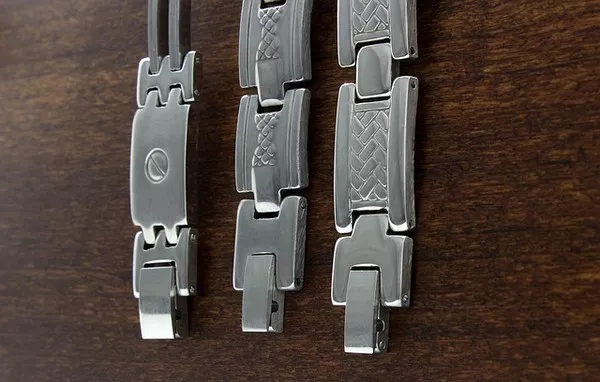The interaction between metals and magnets has been a subject of fascination for centuries. While certain metals like iron and nickel are well-known for their magnetic properties, others, such as silver, have sparked curiosity due to their non-magnetic nature. This article delves into the enigma surrounding silver and its magnetic behavior, exploring the factors that contribute to its resistance to magnetism.
Understanding Magnetism:
Magnetism is a fundamental property of certain materials that arises from the alignment of their atomic and molecular magnetic moments. In metals, magnetism is largely determined by the presence of unpaired electrons within their atomic structure. Metals like iron and nickel possess these unpaired electrons, allowing them to align their magnetic moments and exhibit strong magnetic properties.
The Silver Conundrum:
Silver, on the other hand, stands apart from its magnetic counterparts. As a transition metal, silver has a partially filled d orbital, but its peculiar electronic configuration does not lend itself to easy alignment of magnetic moments. This characteristic makes silver inherently non-magnetic under normal conditions.
Atomic Structure and Magnetic Moments:
To comprehend why silver resists magnetism, it is essential to scrutinize its atomic structure. Silver has 47 electrons, arranged in a configuration of [Kr] 4d¹⁰ 5s¹. The filled 4d¹⁰ orbital contributes to the stability of the atom, but it also results in a lack of unpaired electrons that are crucial for magnetic alignment. In contrast to ferromagnetic metals like iron, where unpaired electrons can align their spins, silver’s electronic configuration hinders the establishment of a magnetic moment.
Temperature and Magnetic Behavior:
While silver may be non-magnetic at room temperature, certain metals can exhibit magnetic properties under specific conditions. The Curie temperature, for instance, represents the temperature at which a material transitions from a magnetic to a non-magnetic state. Silver, with its high Curie temperature, remains non-magnetic under ordinary circumstances.
However, extreme conditions, such as low temperatures or high pressures, can alter the magnetic behavior of materials. Scientists have conducted experiments on various metals, including silver, under these extreme conditions to observe potential magnetic transitions. Despite these efforts, silver’s intrinsic resistance to magnetism persists, leaving researchers intrigued by its unique properties.
Magnetic Impurities in Silver:
While pure silver maintains its non-magnetic nature, impurities within the metal can introduce magnetic elements. In some cases, small amounts of ferromagnetic impurities, such as iron, may be present in silver alloys. These impurities can result from the production process or the presence of trace elements in the raw materials. The introduction of magnetic impurities can influence the overall magnetic behavior of the silver alloy, leading to a weak magnetic response.
Magnetic Field Interaction:
The interaction between silver and a magnetic field further highlights the metal’s non-magnetic character. When exposed to a magnetic field, materials with magnetic moments align themselves with the field, resulting in either attraction or repulsion. Silver, due to its lack of magnetic moments, does not experience any significant interaction with a magnetic field. This phenomenon emphasizes the intrinsic non-magnetic nature of silver.
Applications of Non-Magnetic Silver:
While silver’s non-magnetic properties might seem restrictive in certain contexts, they open the door to diverse applications. In industries where magnetic interference can compromise sensitive equipment, non-magnetic silver finds utility. Electronics, medical devices, and aerospace technologies often rely on materials with minimal magnetic susceptibility, making silver an ideal choice.
Conclusion:
The magnetic resistance of silver, rooted in its unique atomic structure and electronic configuration, has intrigued scientists and researchers for decades. While the metal may not exhibit magnetic properties under standard conditions, the exploration of extreme conditions and the potential presence of impurities add layers to the understanding of silver’s magnetic behavior. In practical applications, the non-magnetic nature of silver becomes an asset, particularly in industries where magnetic interference is a concern. The study of silver’s magnetic enigma continues to captivate the scientific community, offering insights into the complex relationship between materials and magnetism.


